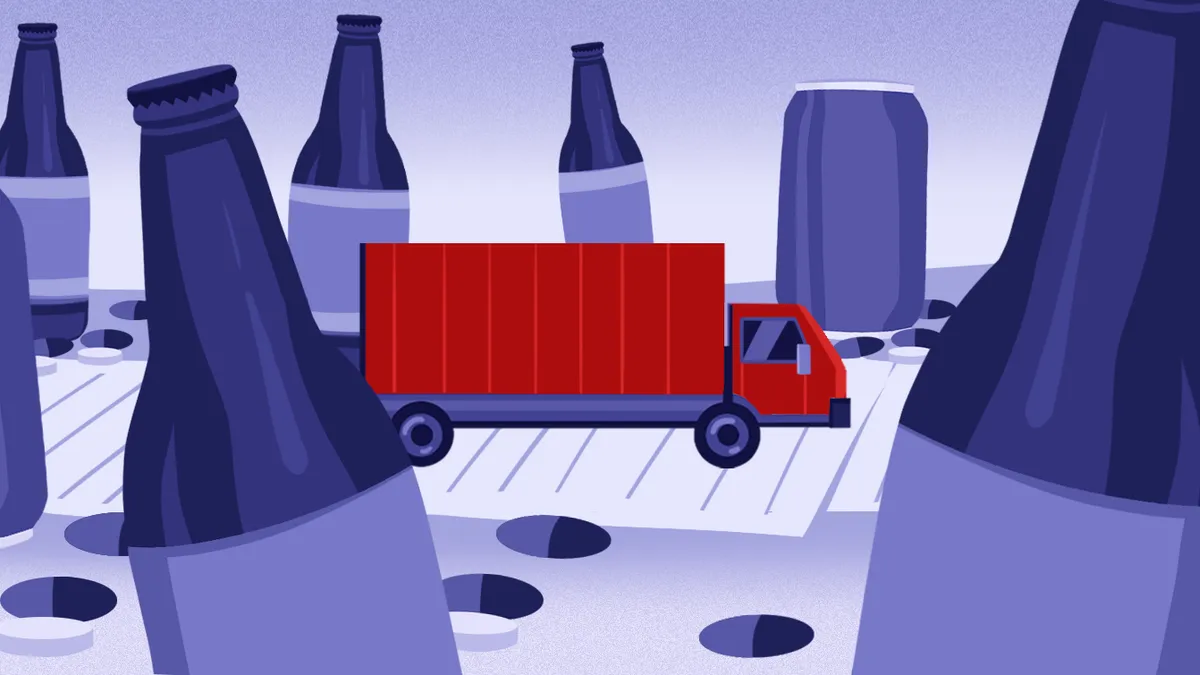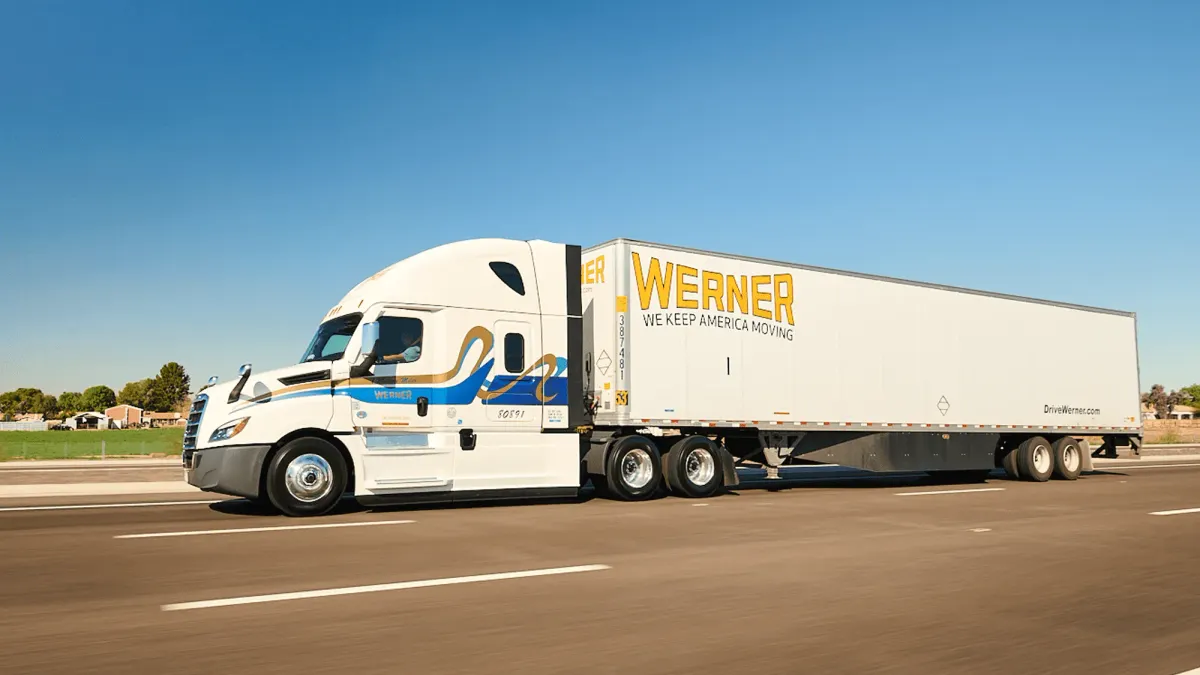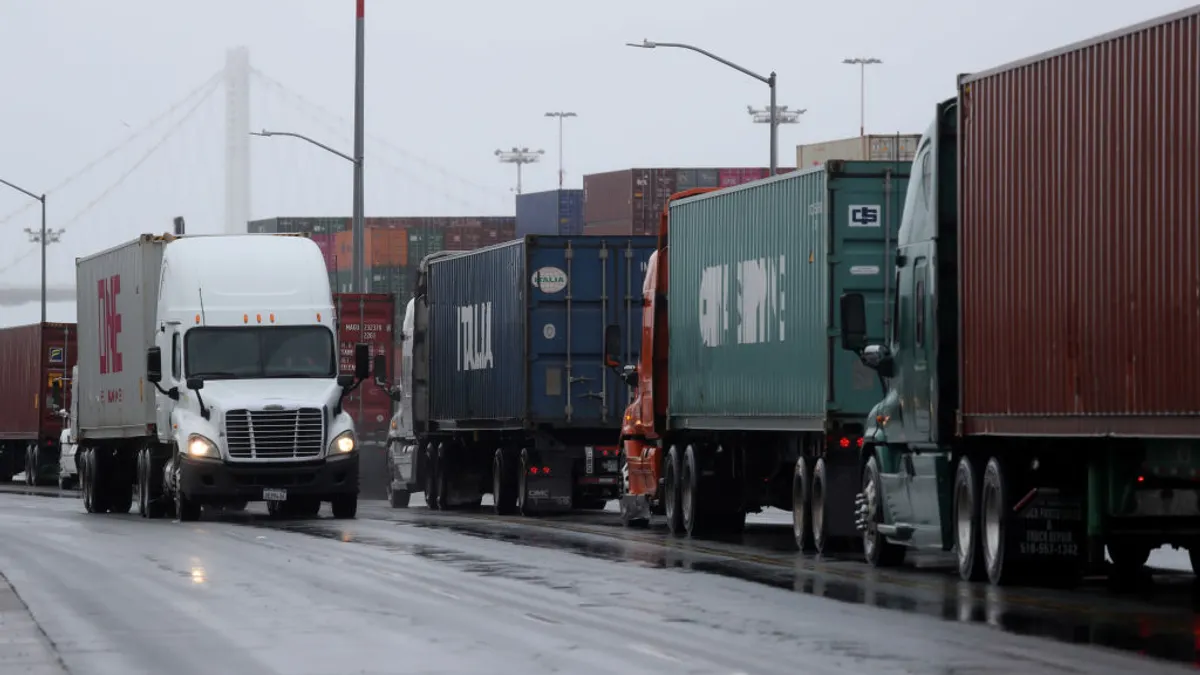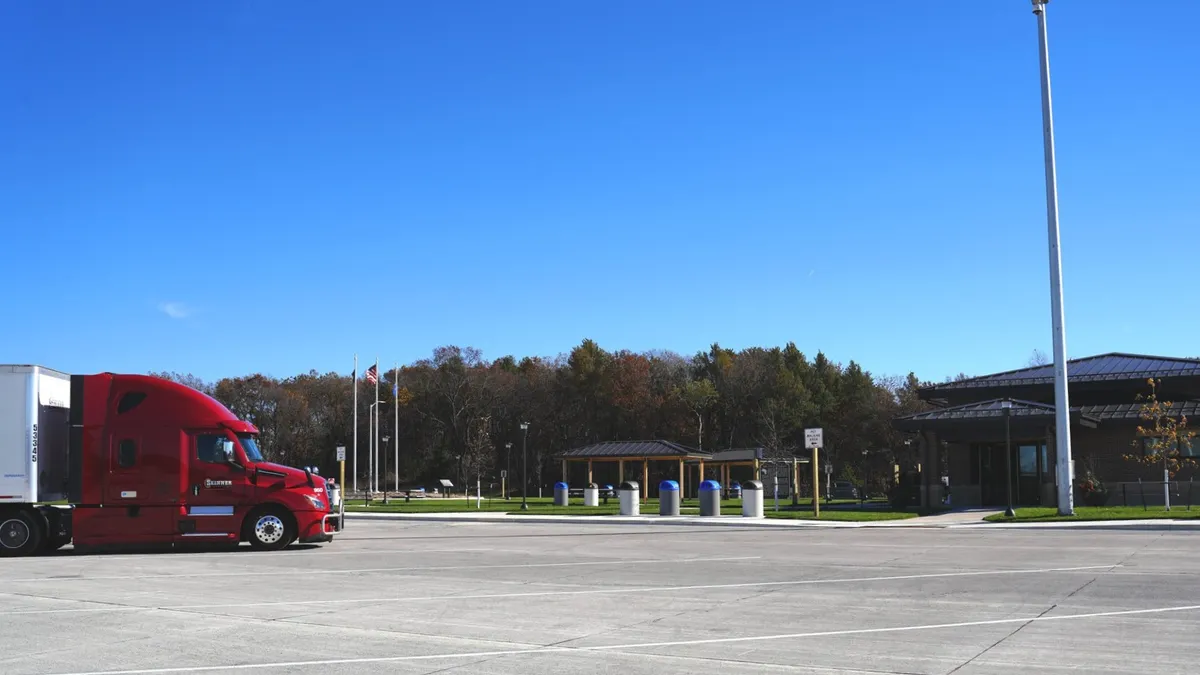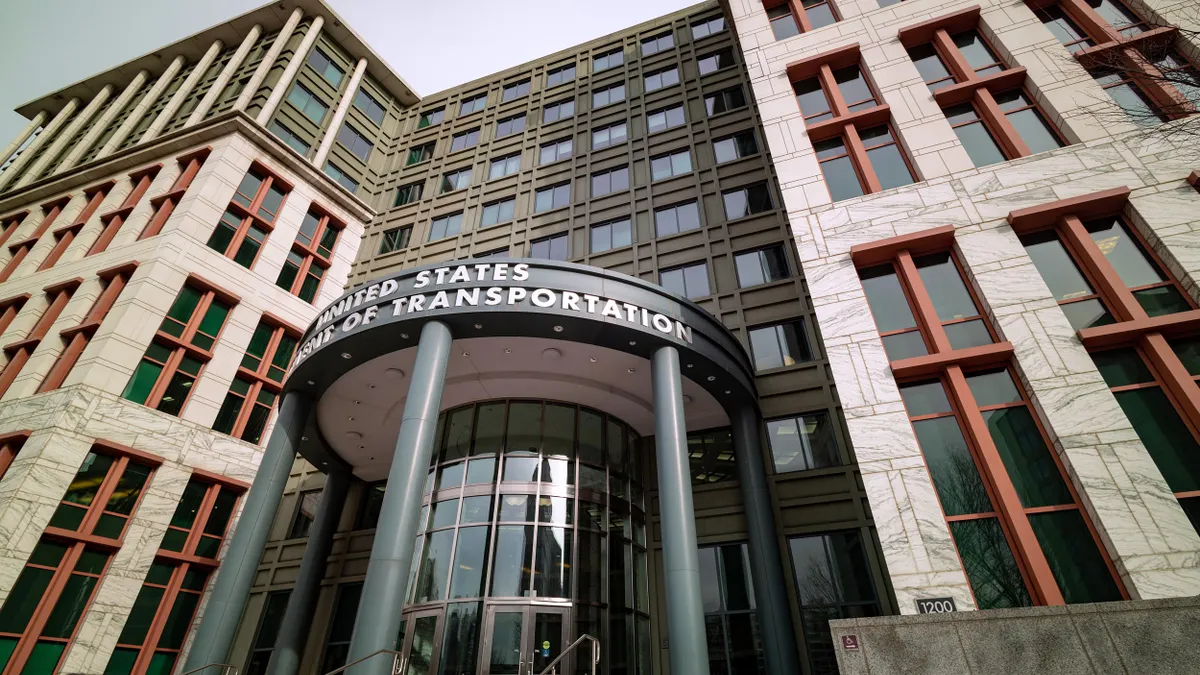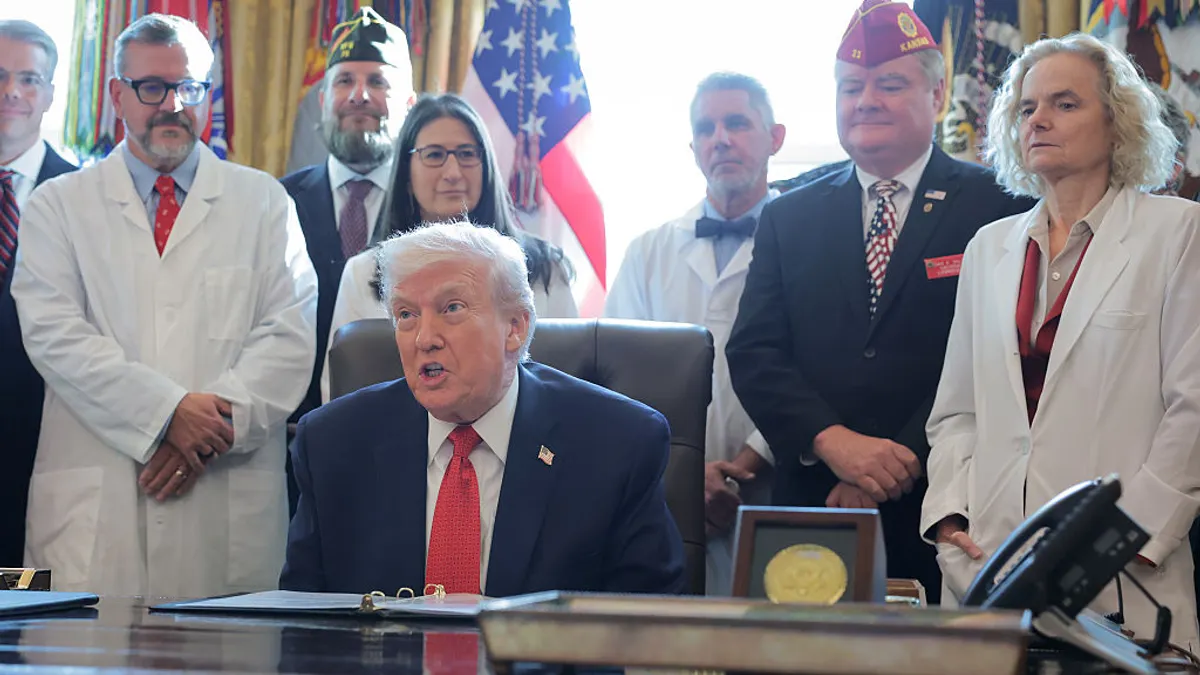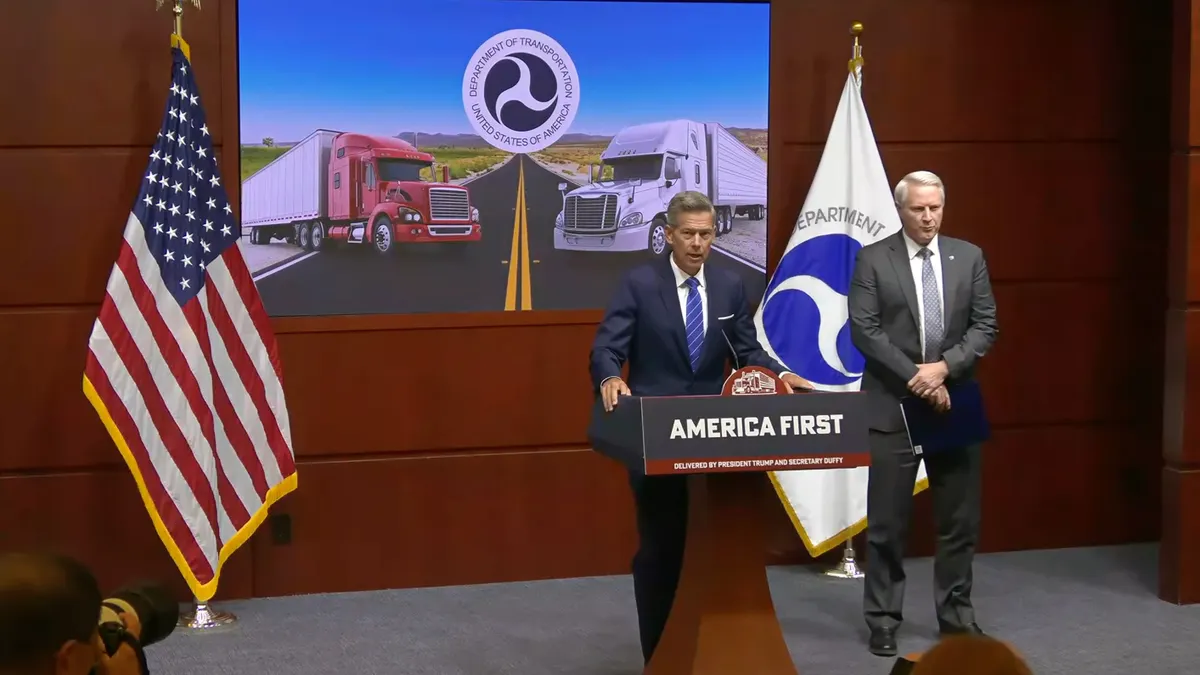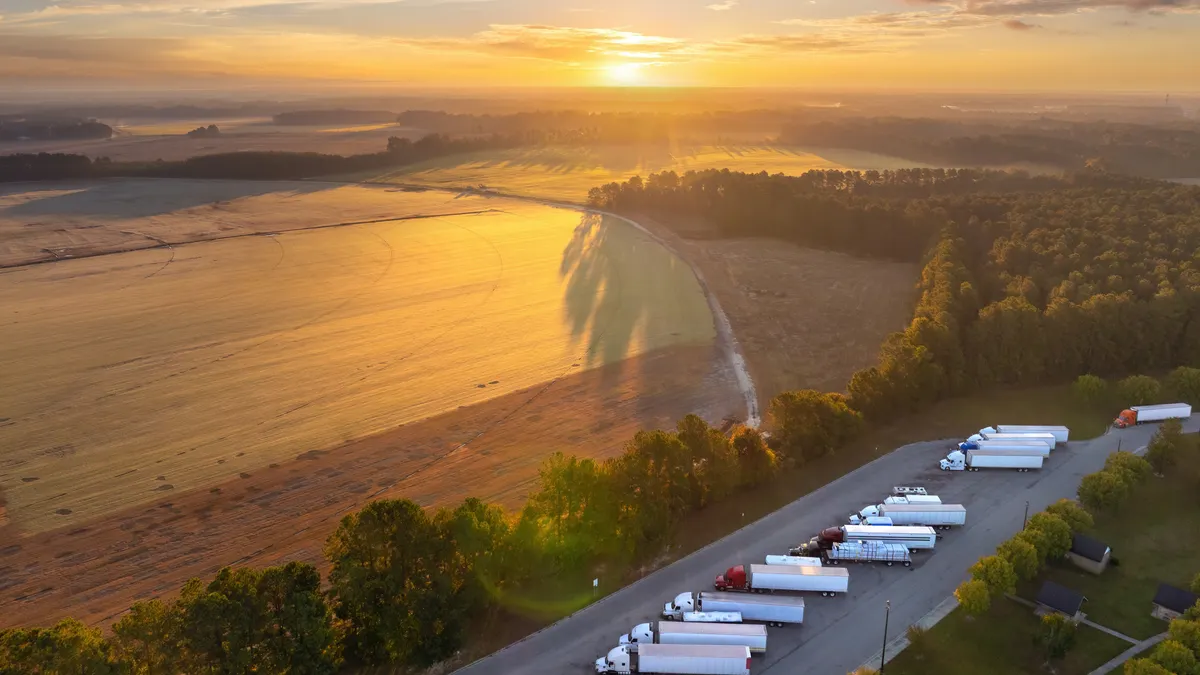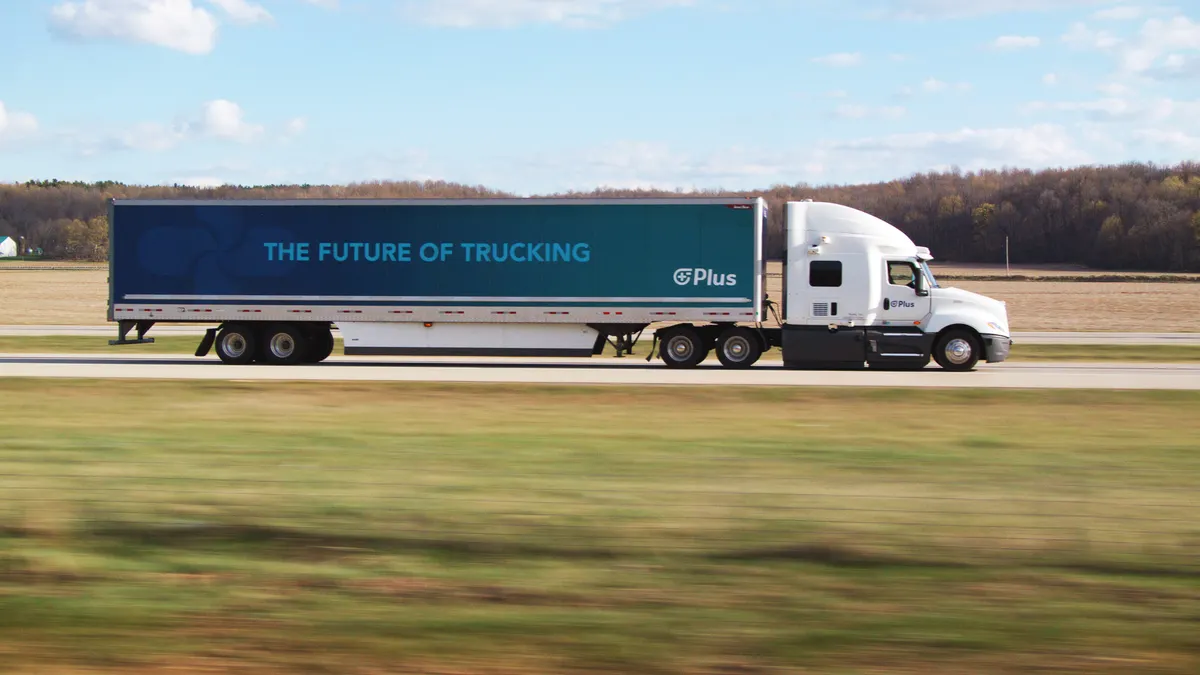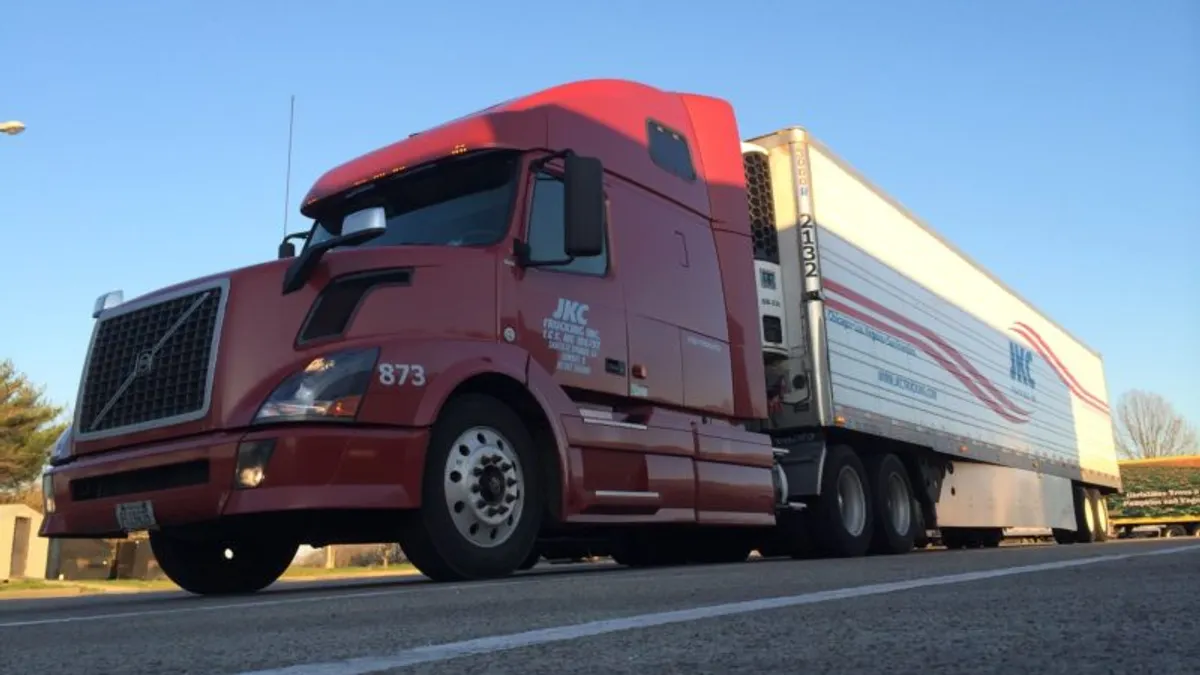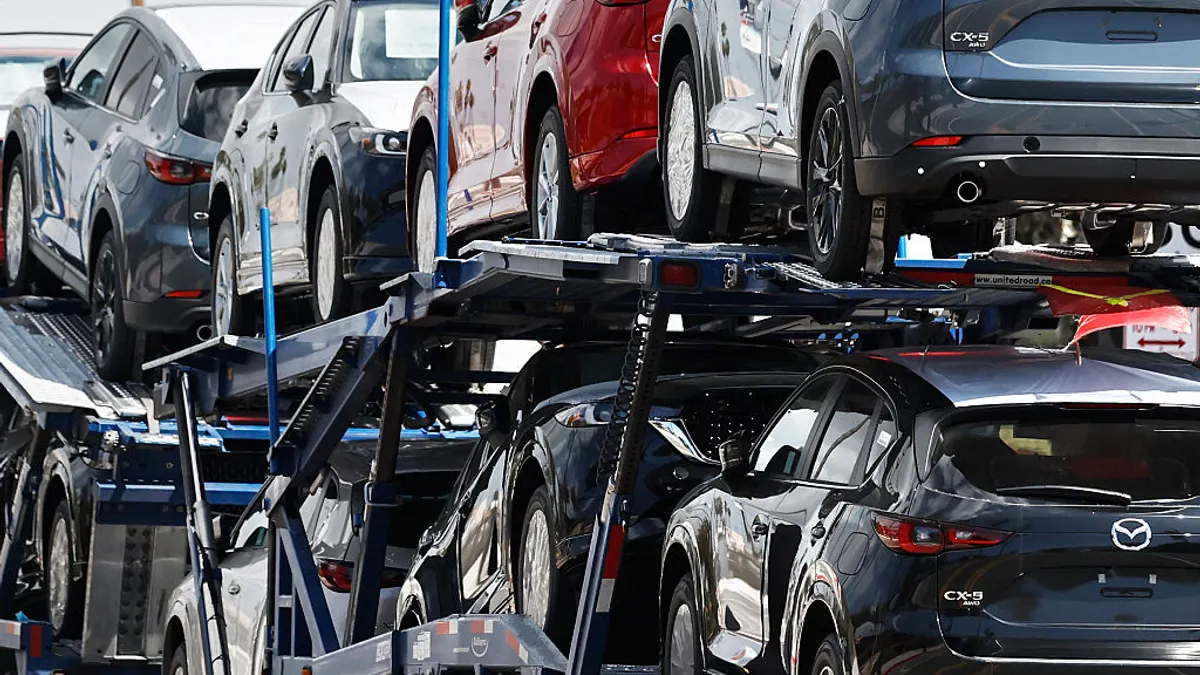The U.S. supply chain is so snarled, President Joe Biden has gotten involved. Major headlines cover presidential soundbites and the record number of ships anchoring off the Southern California ports, and some of them point to the supply of truck drivers as a particular choke point.
Whether a shortage of drayage drivers is truly the culprit, the situation has put a significant amount of public attention on the dearth of truck drivers. This adds another layer of pressure onto recruitment specialists, as they deal with an issue that has long been a thorn in the trucking industry's side.
"We estimate that the decrease of the driving school applicants and graduates, the Drug and Alcohol Clearinghouse, and the impact presented by the pandemic combined have resulted in approximately 220,000 fewer drivers available to meet industry capacity needs," J.B. Hunt COO Nick Hobbs said on an earnings call in April.
The FMCSA's Clearinghouse is coming up on its second birthday since becoming effective, but the transport industry is still dealing with its initial impacts. The coronavirus has further complicated matters.
More than 85K positive drug tests have been recorded
"The Drug and Alcohol Clearinghouse ... right in lockstep with the pandemic, you know, just removed thousands and thousands of people from our pool that were there and now they're just not coming back," Marilyn Surber, a transportation advisor for hiring-software company Tenstreet, said in June.
Few companies, if any, argue against removing unsafe drivers from eligibility. But not everyone agrees the database has made a material difference in the depth of the talent pool.
Faster, but slower, processes
The same number of drivers would have been taken out of the available-driver pool, with or without the Clearinghouse, an FMCSA spokesperson said via email. It didn't change the zero-tolerance stance of the agency.
Instead, the Clearinghouse made it harder for drivers to get around the system, the spokesperson said. It was perhaps easier for divers to fail a drug test at one company, then apply to another fleet without disclosing that first failure. It takes longer for paperwork to catch up.
Digitalization promises to speed the process, eventually. But the introduction of this new system has, so far, slowed down the hiring process — particularly for fleets that had no digital processes in place before.
The reason for this is twofold, Eily Cummings, director of corporate communications for UniGroup, the parent company of brands including United Van Lines and Mayflower Transit, said in June.
For one, employers must screen drivers' previous three years of drug and alcohol history, and the Clearinghouse hasn't yet been up for that long. So, employers must use the database in addition to the older methods. To do that, drivers and employers need to learn to use it.
"[Drivers] have to get acclimated to the new system," Cummings said. "Once the learning curve is there for the drivers, it's going to be a much more positive experience."
On the surface, removing drivers would seem to hurt fleets pulling from an already small pool, Forward Air Chief People Officer Kyle Mitchin told Transport Dive.
"But the reality of it is, those are the unsafe drivers that we don't want anyhow," Mitchin said, adding that the Clearinghouse didn't significantly change the fleet's hiring process — though there is a bit of added leg work. "We need to focus on getting more qualified good drivers into that pool."
Returning to duty
One of the reasons the Clearinghouse comes up in conversations about the driver pool is it provides a concrete number of how many drivers have been removed from it.
Since the rule's Jan. 6, 2020, compliance date through the end of October, 103,364 violations were reported to Clearinghouse, according to the FMCSA's latest report. And 75,337 drivers guilty of a violation were in prohibited status as of Nov. 1, meaning they are ineligible for work until they complete the return-to-duty process.
Before the Clearinghouse, drivers who failed a test would have to go through a return-to-duty process, which involves working with a substance abuse professional, or SAP. That process remains, but the FMCSA's database has highlighted the importance of getting drivers through it successfully and entered back into the talent pool.
Large fleets often pay for the return-to-duty process and followup testing, especially if the workforce is unionized, Rosenthal said. But the burden of payment at a small company would likely be on the driver.
"DOT regulations are silent about who is responsible for paying for drug testing; in other words, companies are not required to pay," Health Street Founder and CEO Jared Rosenthal said in an email. But the rules do require trucking firms to ensure drivers comply with the return-to-duty process and subsequent testing, he added.
If drivers embark on the return-to-duty process by themselves, they run into a bit of a "glitch" in the system, as Rosenthal put it. A driver might turn to a company such as Rosenthal's to get tested when they're ready to reenter the job market. But not all third parties have the authority to clear drivers.
Restrictions within Clearinghouse make it so the current or potential employer, or their designated consortium/third-party administrator, must be the one to report the negative test to the Clearinghouse. That can create an added administrative burden for drivers.
"They have to, somehow, track down the medical review officer," Rosenthal said in an interview. An MRO's signature is required on all DOT drug tests. "In theory, it shouldn't be hard. But in practice, we're seeing some friction there where they're having trouble clearing themselves."
It's the only administrative issue Rosenthal and his company have seen people complain about, he said.
"There's some disconnect there, when people are going from one company to another, trying to get cleared," he said.
Surber said its her opinion that the trucking industry has to address the return-to-duty process and find one that works for all stakeholders. Drivers may not understand fully what it entails, nor what it takes to successfully return.
75% of CDL holders in prohibited status haven't started the return-to-duty process
"What does that look like? How realistic is it? And how do we work with insurance companies?" Surber said.
Even if a driver completes the process and can return to the applicant pool, employers may see them as less desirable. Carriers are risk averse, and they may have reservations about putting someone back in a seat who has been guilty of a violation, even after going through the process, Surber said.
"I think it's just a matter of, you know, looking at those different things and saying, 'What calculated risk can I take with the information that I have and make the best decision?"' Surber said.
But after the positive marijuana test comes back, in any mandatory test, it's in the industry's best interest for drivers to successfully complete the return-to-duty process and safely get back into the seat.
"How do we educate [those drivers] so they know they can go through the return-to-duty process, and then how do we make that a real [and] an actual viable path back to work for a truck driver?" Surber said.
The role of CDL schools
Drivers' first exposure to the DOT's controlled-substance requirements might be CDL school. But there's currently no federal standards for drug and alcohol training at CDL schools in the U.S. Curriculum may differ from state to state, said Bailey Wood, president and CEO of the Commercial Vehicle Training Association.
Roadmaster Drivers School, which has locations in nearly a dozen states, teaches drug and alcohol requirements, compliance, and regulations through informational slides and instructor-led trainings during the classroom presentation, according to President Brad Ball.
"But also at Roadmaster there is constant repeated messaging that starts before enrollment and lasts throughout training and graduation that reinforces that the trucking is a drug free industry," Ball said via email.
There will be a federal standard, though, come Feb. 7, 2022. That's when the FMCSA's Entry-Level Driver Training, or ELDT, regulation kicks in.
The rule sets a baseline for training requirements for new drivers; it's not retroactive. And it has a requirement for drug and alcohol:
"This unit must teach driver-trainees the rules applicable to controlled substances (including prescription drugs) and alcohol use and testing related to the operation of a [commercial motor vehicle]," the rule reads.
While CDL schools will arm drivers with the knowledge they need to comply with the law, there's not much more they can do to help drivers get past the Clearinghouse and into the pool of eligible workers.
The FMCSA requires drivers to take a drug test before they obtain a commercial learner's permit, Wood said. Many schools drug test students before they begin their programs to avoid wasting resources and producing unhireable drivers.
But even though a CDL school can commission that first test, it can't easily facilitate the Clearinghouse test, Wood said. The FMCSA's Clearinghouse law was created primarily for employers, and there's legal precedent that explicitly said schools are not employers.
Wood and his organization are working to get clarification from the FMCSA on what role schools can play in the Clearinghouse ecosystem.
"There's no reason to send somebody through a school, and to pay for somebody to go through a school ... if they can't get a commercial driver's license at the end of it," Wood said. "So, we're currently in talks with federal motor carriers to determine what the next steps are about."
Correction: A previous version of this story misidentified who can clear drivers to return to work. Current or potential employers, or their designated consortium/third-party administrators, are responsible for reporting a negative drug test to the Clearinghouse as part of the return-to-duty-process.
Correction: This story has been updated to properly identify Bailey Wood, president and CEO of the Commercial Vehicle Training Association.

